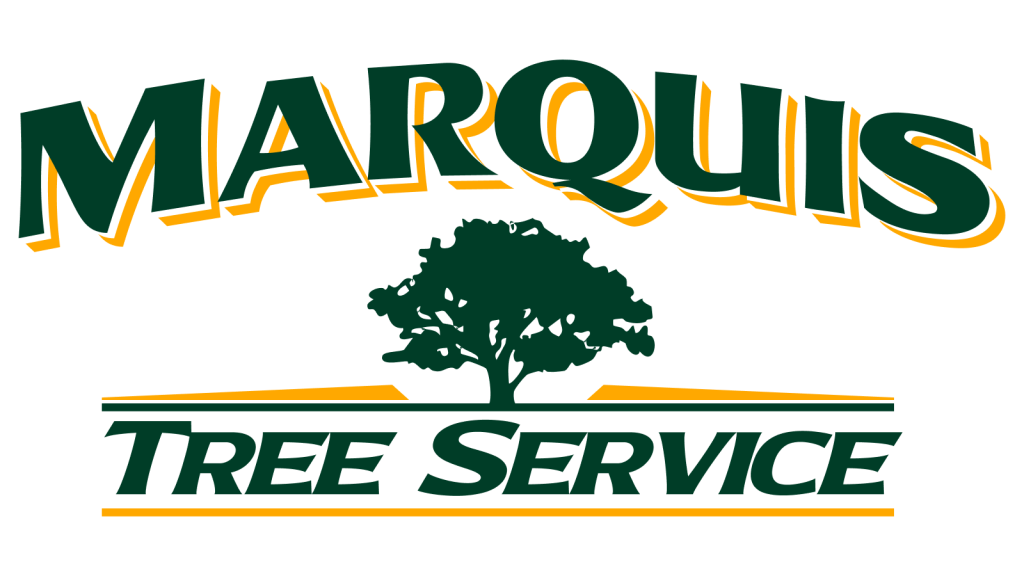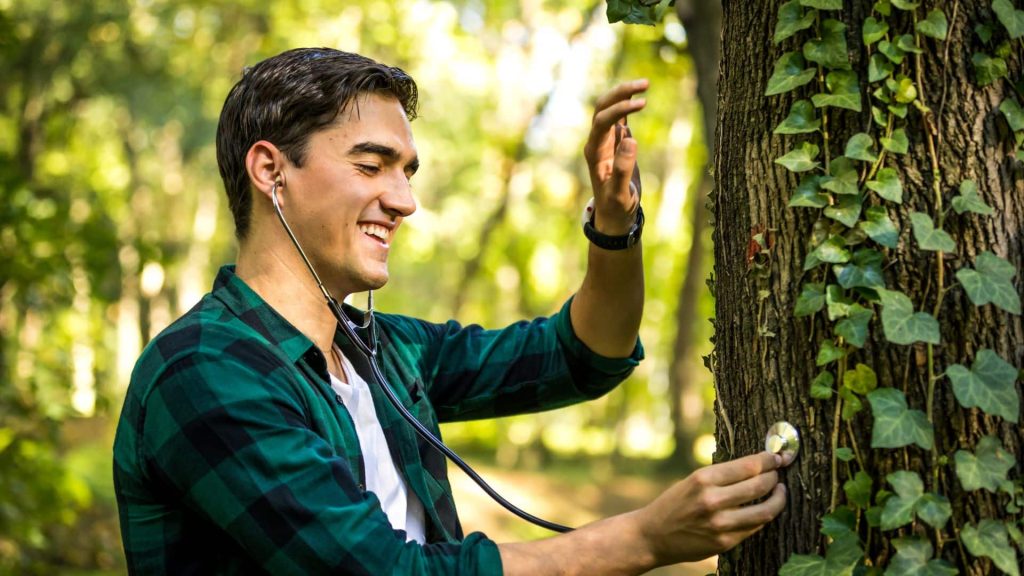Unfortunately for homeowners in Billerica, flashing lights or blaring sirens do not function as tree health indicators. Tree health can change almost overnight, and swift action is required to preserve the tree. Knowing what to look for when your trees are sick can mean the difference between extending their lives or cutting them down in their prime.
As a homeowner in Billerica, ensuring your trees remain healthy is necessary not just for aesthetics but also for safety. Unhealthy trees can pose safety risks to your property and loved ones, making it essential to recognize the signs of tree distress.
Understanding Tree Health Indicators
Monitoring the health of your trees is like monitoring your health. Just as you would notice changes in your body, trees exhibit signs that indicate their well-being. Understanding these indicators is the first step in proactive tree care.
Why Tree Health Matters
Healthy trees contribute significantly to the environment, enhancing air quality and providing shade. However, when trees become unhealthy, they can become susceptible to diseases, pests, and structural failures, which can lead to unexpected accidents. By being vigilant and observing visible tree health indicators, you can address minor issues before they escalate into more serious matters.
Common Tree Health Indicators
Key indicators to watch for that may signal your trees are in distress:
- Leaf Discoloration: Healthy leaves are typically vibrant and green. If you notice yellowing, browning, or other unusual colors, it may indicate nutrient deficiencies or disease.
- Wilting or Drooping Leaves: Leaves that appear limp or lifeless could be a sign of insufficient water or root issues.
- Sparse Canopy: A noticeable decrease in foliage can indicate stress. If your tree has fewer leaves than usual, it may be time to investigate further.
- Dead Branches: If you spot branches that are dry and brittle, they may be dead or dying. Dead branches can be a symptom of underlying health issues.
- Bark Damage: Cracks, splits, or peeling bark can suggest disease or infestation. Regularly inspect the trunk and branches for these signs.
Leaf Health: What to Look For
The leaves of your trees are often the first indicators of their overall health. Observing their condition can provide valuable insights into potential issues.
Signs of Leaf Distress
- Discoloration: Leaves turning yellow or brown outside of seasonal changes may suggest nutrient deficiencies or water stress. A lack of nitrogen can lead to yellowing leaves, while overwatering can cause browning.
- Early Leaf Drop: If leaves fall prematurely, this could indicate stress. The tree might be affected by environmental factors, pests, or diseases.
- Wilting: If leaves are drooping, it may be a sign of inadequate water supply or root problems. Ensure that your trees are receiving sufficient hydration, especially during dry spells.
Take Action: Three Steps for Easy Leaf Care
- Regularly Check Soil Moisture: Use your finger to check the soil’s moisture level. If the soil feels dry as you press your finger down, water the tree.
- Fertilize Appropriately: Conduct a soil test to determine nutrient deficiencies and apply the necessary fertilizers.
- Monitor for Pests: Look for insects that may be damaging the leaves. If you notice a pest infestation, contact a professional tree maintenance service like Marquis Tree Service for effective treatment.
Read Also: Top Four Tree Diseases in Billerica: Prevention Tips
Bark and Branch as Tree Health Indicators
The bark and branches of your trees can reveal a lot about their health. Regular inspections can help you catch issues with the health of your trees early.
What Bark Can Tell You
- Cracks and Splits: Physical damage or environmental stress can cause the bark to crack. Splits can expose the tree to pests and diseases.
- Peeling Bark: If you notice areas where the bark is peeling away, this could signify disease or pest infestation.
- Fungal Growth: The presence of fungi or mushrooms on the bark may indicate internal decay. If you spot these, consult with a tree care expert at Marquis Tree Service.
Branch Indicators of Stress
- Dead Wood: If you see dead branches, it may indicate disease or environmental stress. Pruning these branches can prevent further damage to the tree.
- Unusual Growth Patterns: If branches are growing in odd directions or at strange angles, it could suggest previous damage or disease.
Caring for Bark and Branches
- Prune Regularly: Regular pruning helps remove dead or diseased branches, promoting healthy growth.
- Inspect for Pests: Look for visible signs of pests on the bark and branches. Early detection can prevent infestations from spreading.
- Apply Protective Coatings: If necessary, consider using tree wound sealants after pruning to protect against disease.
See Also: Emergency Tree Removal: When to Call the Professionals

Root Health: The Foundation of Tree Stability
The roots of your trees are imperative for their stability and nutrient uptake. However, root issues can often go unnoticed until it’s too late. As often overlooked tree health indicators, the roots can tell you much about the stability of your tree.
Signs of Root Distress
- Soil Heaving: If you notice the soil around the base of your tree is lifting, it may indicate root instability. Heaving can happen due to erosion or root rot.
- Exposed Roots: Roots that are visible above ground can signify improper planting or erosion. To protect them, cover them with soil or mulch.
- Fungal Growth Near Roots: The presence of fungi at the base of your tree may be the first signs of decay or disease. Fungal growth requires immediate attention from a dedicated arborist, such as Marquis Tree Service, in Billerica, MA.
Steps to Ensure Root Health
- Mulch Around the Base: Applying mulch helps retain moisture and protects the roots from temperature fluctuations.
- Aerate the Soil: If the soil is compacted, aerate it to improve root growth and nutrient absorption.
- Monitor Watering Practices: Ensure you’re not overwatering, as this can lead to root rot.
Environmental Factors Affecting Tree Health Indicators
Environmental conditions can significantly impact the health of your trees. Being aware of these factors can help you take preventive measures.
Common Environmental Stressors
- Drought: Insufficient rainfall can lead to water stress. During dry periods, ensure your trees receive adequate hydration.
- Flooding: Excessive water can cause root rot. Monitor drainage around your trees to prevent waterlogging.
- Soil Pollution: Contaminants in the soil can affect tree health. If you suspect pollution, consider testing the soil and taking appropriate action.
Strategies for Managing Environmental Stress
- Irrigation: Implement a consistent watering schedule, especially during dry spells. Deep watering is more effective than frequent shallow watering.
- Soil Testing: Regularly test your soil to ensure it has the proper pH and nutrient levels for optimal tree health.
- Protect from Pollution: If you live near industrial areas or heavy traffic, consider planting barriers to protect your trees from pollutants.
Read More: Tree Cabling and Bracing: When and Why It’s Needed

The Importance of Professional Tree Care
While homeowners can manage many aspects of tree health, some issues require professional intervention. Several tree health indicators demand attention from a professional arborist service, like Marquis Tree Service. When in doubt, call the experts out.
When to Seek Professional Help
- Severe Damage: If your tree has sustained significant damage from storms or pests, it may need expert assessment and care.
- Unusual Symptoms: If you notice symptoms that are unfamiliar or concerning, don’t hesitate to consult a professional arborist.
- Invasive Pests: Managing invasive species can be challenging without professional help. Early detection is key to preventing lasting damage.
Benefits of Professional Services
- Expert Diagnosis: Professionals can accurately diagnose tree diseases and recommend appropriate treatments.
- Safe Removal: If a tree poses a risk to your property, a professional service can safely remove it.
- Ongoing Maintenance: Regular check-ups by a tree care expert can help catch potential issues early, ensuring your trees remain healthy.
Seasonal Tree Care: Preparing for Changes
As the seasons change, so do your trees’ needs. Understanding seasonal care can help you maintain your tree’s health year-round.
Seasonal Maintenance Tips
- Spring: Focus on pruning and fertilizing. Springs is the best time to promote new growth.
- Summer: Monitor for pests and ensure adequate watering during hot spells.
- Fall: Prepare your trees for winter by mulching and checking for any signs of distress.
- Winter: Inspect for damage and avoid heavy snow accumulation on branches.
Actionable Steps for Seasonal Care
- Create a Seasonal Checklist: Outline tasks for each season to ensure you’re addressing the needs of your trees.
- Keep Records: Document any changes in your trees’ health or appearance throughout the year for future reference.
- Schedule Professional Inspections: Consider seasonal check-ups with a tree care professional to catch any issues early.
Also Read: Affordable Tree and Stump Removal: Expert Services for Your Property
Be Proactive About Tree Health Indicators – Call Marquis Tree Service
Maintaining the health of your trees is a continuous process that requires attention and care. By being aware of common tree health indicators and taking proactive measures, you can ensure your trees thrive for years to come.
If you notice any concerning signs in your trees, schedule a call with Marquis Tree Service for expert assistance. Your trees deserve the best care, and with the proper attention, they can continue to flourish, providing shade and beauty to your home.

